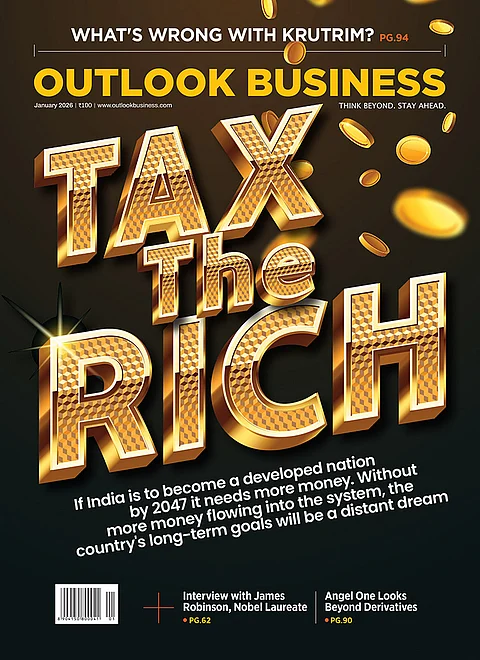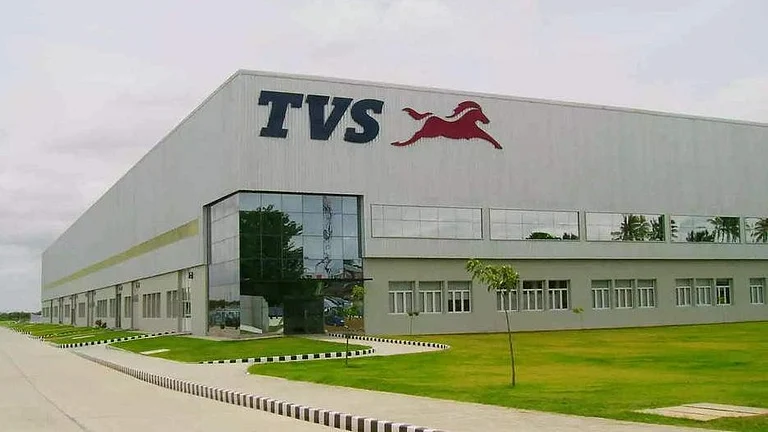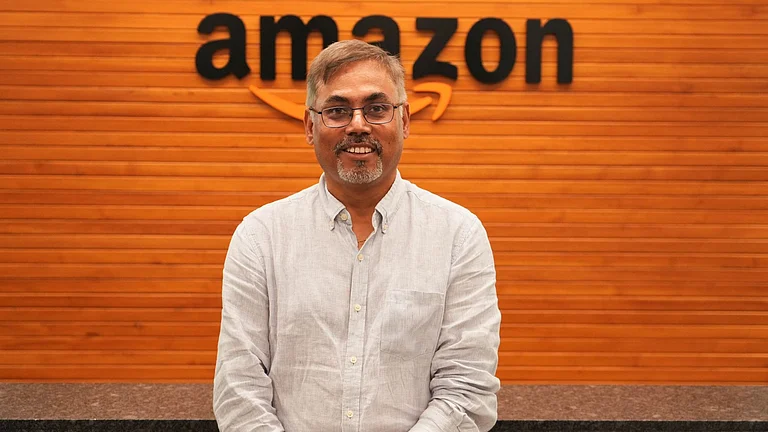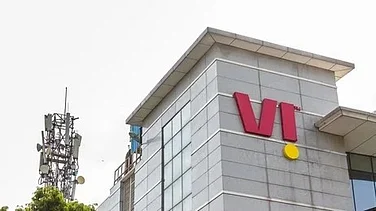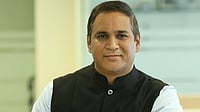The Indian economy stands at a critical juncture, poised for significant growth led by its expanding manufacturing sector under the Make in India initiative. Launched in 2014 by the Narendra Modi government, the programme is designed to attract domestic and global investments into the country’s shop floors and thereby set the stage for a vibrant product-led economy, supported by Production-Linked Incentives (PLI) and strategic alignment with the emerging China Plus One order. However, realising this promise comes with challenges, including the need to address sectoral disparities, infrastructure gaps, and employment generation issues.
Over the last decade India has emerged as the second largest manufacturer of mobile phones globally. The country has also made significant strides in the semiconductor space with substantial investments from Micron, Tata Electronics and CG Power. Despite the impressive progress, however, question marks remain over the true impact of this decade-long manufacturing push.
Alongside acknowledging the country’s achievements, experts have pinpointed significant gaps in the growth story. Sectors like leather, gems and jewellery, shipping, railways, and financial services have struggled to capitalise on the momentum created by the initiative, they claim. “Certain industries have not fully benefited from the programme,” said Krishan Arora, Partner at Grant Thronton Bharat. For example, the media and entertainment sector has seen limited growth due to restrictive Foreign Direct Investment (FDI) caps. Similarly, defence manufacturing has faced hurdles essentially due to complex procurement processes and challenges in indigenously developing modern hardware."
However, industries like automotive, pharmaceuticals, electronics and food processing have witnessed remarkable progress. India's pharmaceutical exports have nearly doubled from $15 billion in FY 2013-14 to $28 billion in FY 2023-24, propelled by a surge in investments from players like Suzuki, Hyundai, Tata Motors, Mahindra & Mahindra and Mercedes-Benz.
Employment: Progress but Gaps Persist
The PLI schemes, with a total outlay of Rs 1.97 lakh crore, have spurred massive investments to the tune of Rs 1.23 lakh and created approximately eight lakh jobs, as of March 2024. While these numbers reflect progress, economists say that they fall short of addressing India's unemployment challenges.
The overall impact has been limited, said Sankhanath Bandyopadhyay, Economist at Infomerics Ratings Private Limited. The scheme has primarily benefited select industries.
More importantly, it has yet to address the unorganised sector where employment quality remains poor. Real wages and earnings for regular workers have either stagnated or declined.” Bandyopadhyay also highlights regional disparities, noting that states like Bihar, Uttar Pradesh, Jharkhand, Chhattisgarh and West Bengal lag far behind the others in employment generation.
Adding to this, Pradeep Palelli, CEO and co-founder of Thanos Technologies, points out the automation challenge. “In sectors such as agriculture, technologies like drones, have reduced the demand for manual labour. This underscores the importance of skilled workers to ensure they remain relevant in a tech-driven economy,” he said
Despite the organised manufacturing sector’s growth, employment in the unorganised sector declined from 38.8 million in 2015-16 to 30.6 million by 2022-23, according to Arora.
Unlocking the Potential of MSMEs
Experts stress the need for sharper policy interventions in labour intensive industries to bridge gaps and maximise the programme’s potential. Bandyopadhyay recommends prioritising MSMEs, textiles manufacturing and tea for their export potential and capacity to generate employment.
"The government has introduced several schemes to bolster MSMEs," says Bandyopadhyay. "However timely financing is critical as many enterprises face working capital challenges. Targeted financing measures could alleviate these issues, particularly as microfinance institutions also struggle with loan repayment challenges.”
Arora suggests that renewable energy and defence manufacturing warrant greater attention. He advocates for expanding PLI schemes, building industrial corridors, simplifying regulatory processes and strengthening public-private partnerships to attract overseas investments and enhance capital expenditure.
Addressing Structural Barriers
Infrastructure bottlenecks, regulatory hurdles and high logistics costs remain significant barriers to India's manufacturing ambitions. Dr Ramya Chatterjee, CEO of Solitaire Brand Business and Prointek Global Innovations, emphasises the importance of a balanced approach. “FDI plays a crucial role in bringing capital, technology and expertise,” says Ramya. However, India must also encourage domestic investment through lower taxes, easier access to credit and innovation support. A combined strategy of attracting both global and domestic capital can create a robust, self-reliant economy.
The Way Forward
While Make in India has laid the groundwork for self-reliance and economic growth its ultimate success depends on addressing sectoral disparities, generating quality employment and fostering sustainable development. With focus and inclusive strategies, India can unlock the full potential of its manufacturing, sector driving the nation towards a truly product-led economy.







